
Broschiertes Buch
Technical Analysis of Flying Hour Program Variance
8. Mai 2018
National Book Network
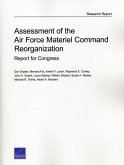
Broschiertes Buch
Report for Congress
30. November 2013
RAND Corporation
Ähnliche Artikel
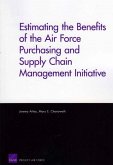
24,99 €
Versandfertig in über 4 Wochen
Broschiertes Buch
24. Dezember 2007
RAND Corporation
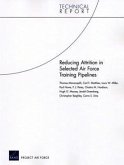
Broschiertes Buch
16. März 2012
RAND Corporation
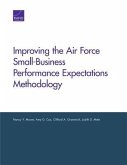
23,99 €
Versandfertig in über 4 Wochen
Broschiertes Buch
30. Juni 2017
National Book Network
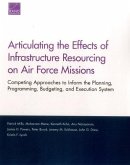
Broschiertes Buch
Competing Approaches to Inform the Planning, Programming, Budgeting, and Execution System
4. Mai 2017
RAND Corporation
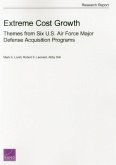
Broschiertes Buch
Themes from Six U.S. Air Force Major Defense Acquisition Programs g
30. Oktober 2015
National Book Network

Broschiertes Buch
Lessons from the Commercial World
16. März 2012
RAND Corporation
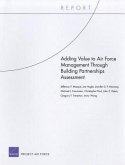
24,99 €
Versandfertig in über 4 Wochen
Broschiertes Buch
15. Januar 2011
RAND Corporation
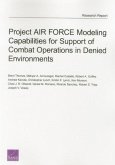
Broschiertes Buch
9. Oktober 2015
RAND Corporation
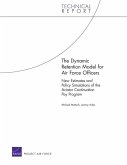
20,99 €
Versandfertig in über 4 Wochen
Broschiertes Buch
New Estimates and Policy Simulations of the Aviator Continuation Pay Program
24. September 2007
RAND Corporation
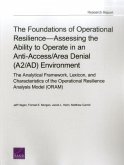
Broschiertes Buch
The Analytical Framework, Lexicon, and Characteristics of the Operational Resilience Analysis Model (ORAM)
8. Juli 2016
National Book Network
Ähnlichkeitssuche: Fact®Finder von OMIKRON
